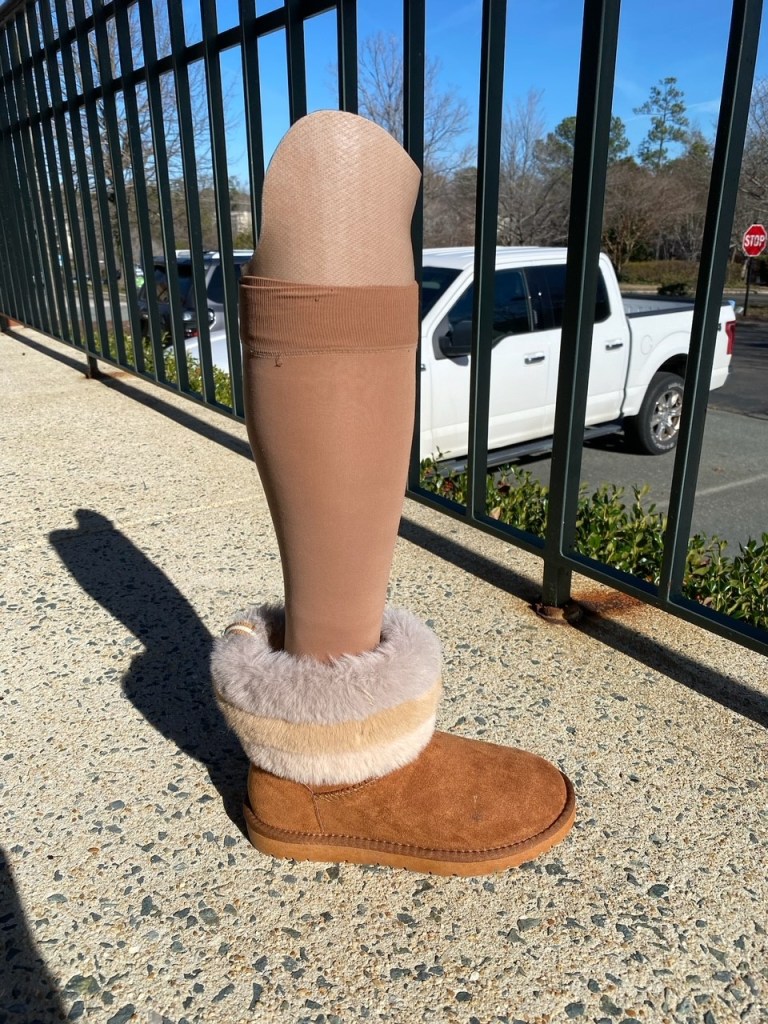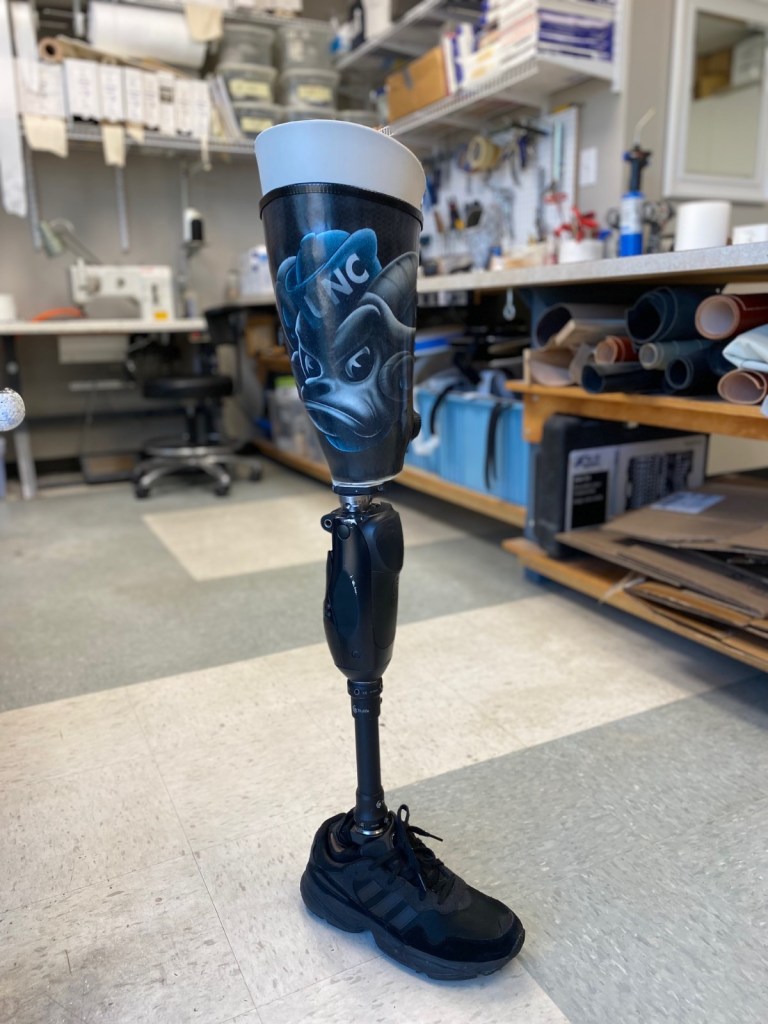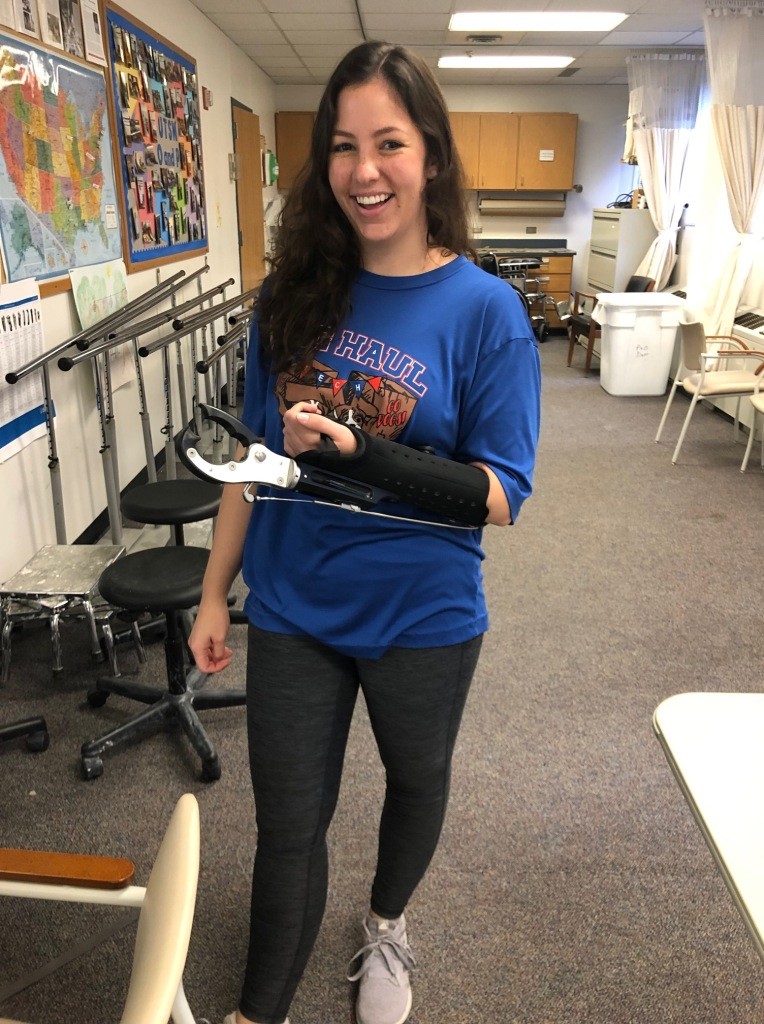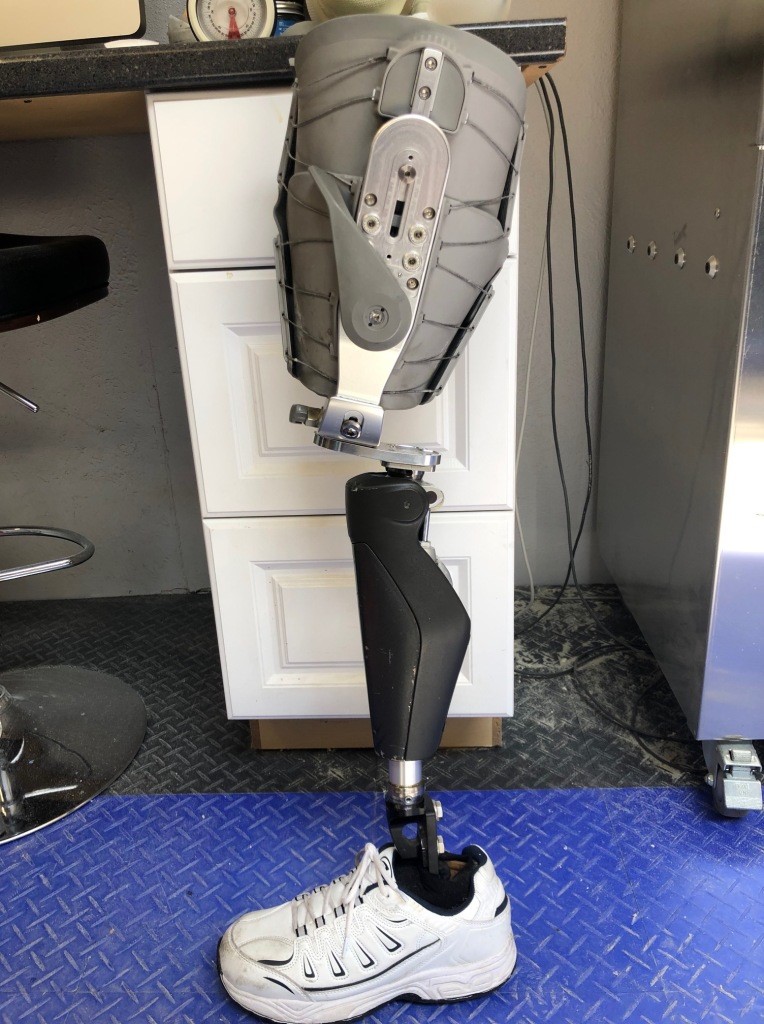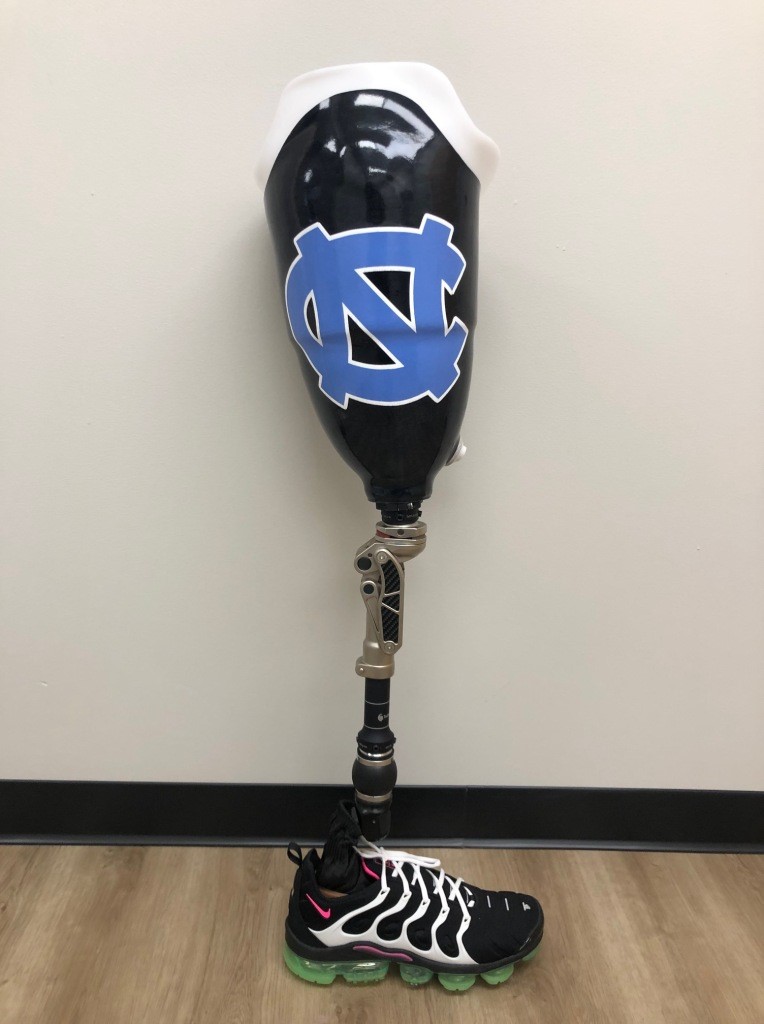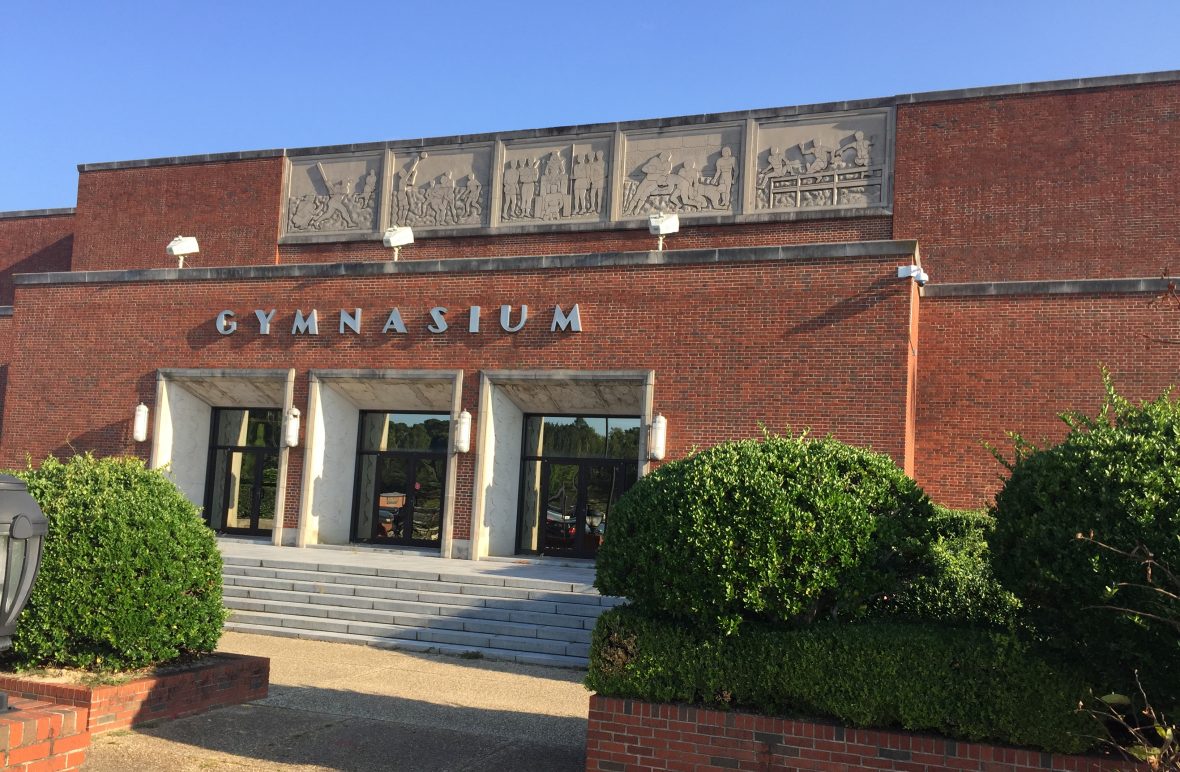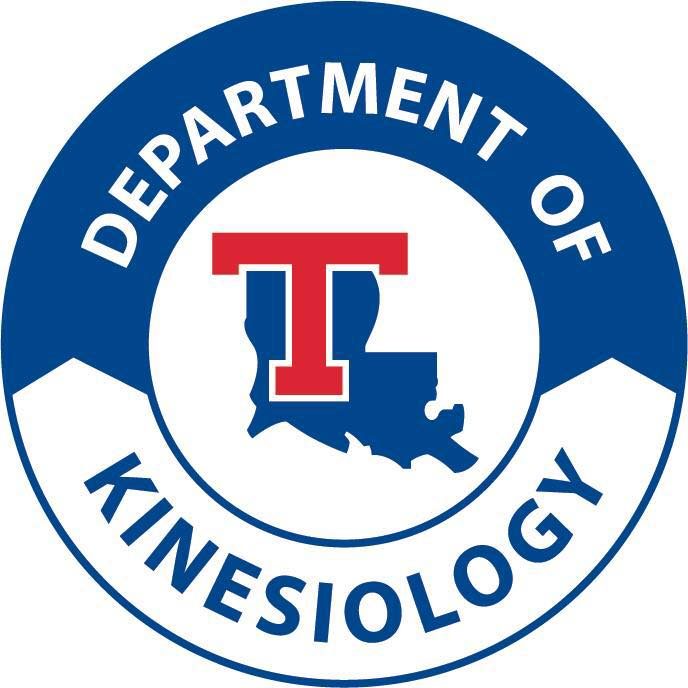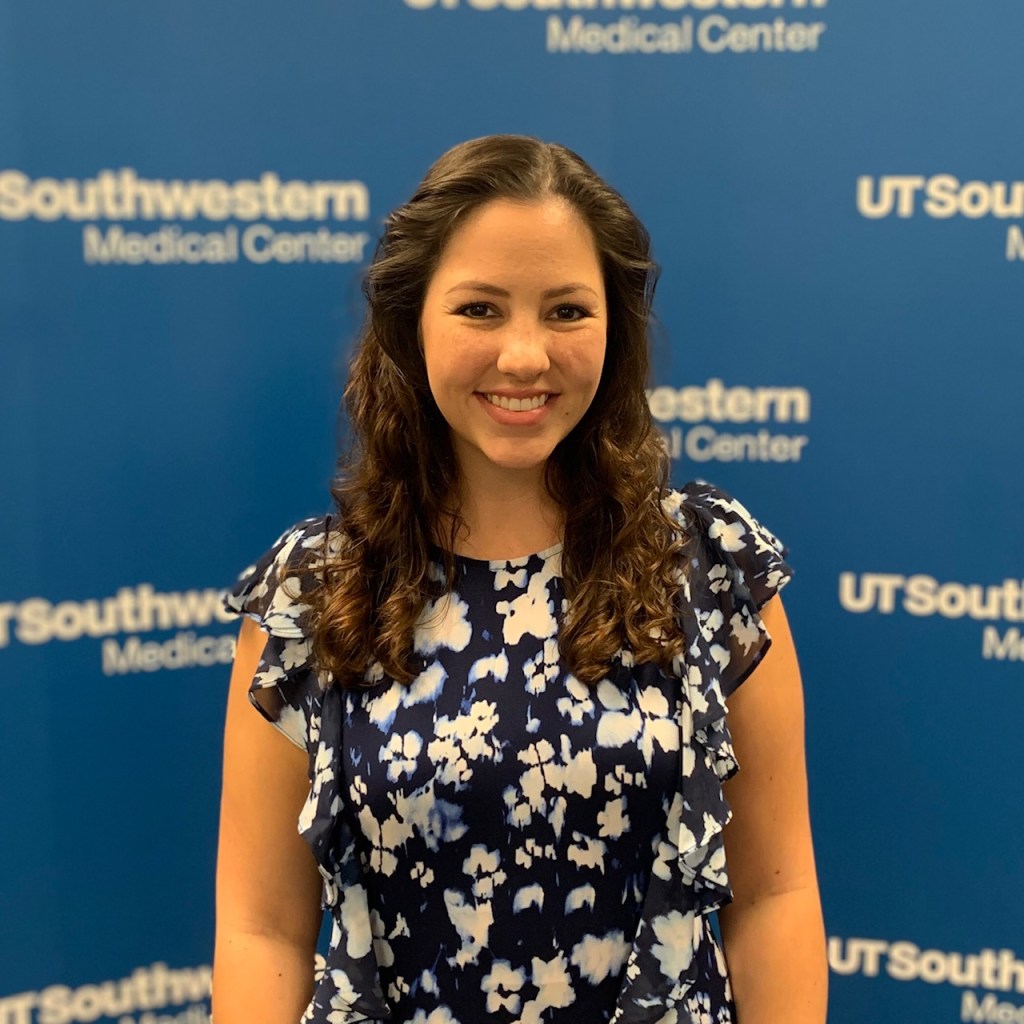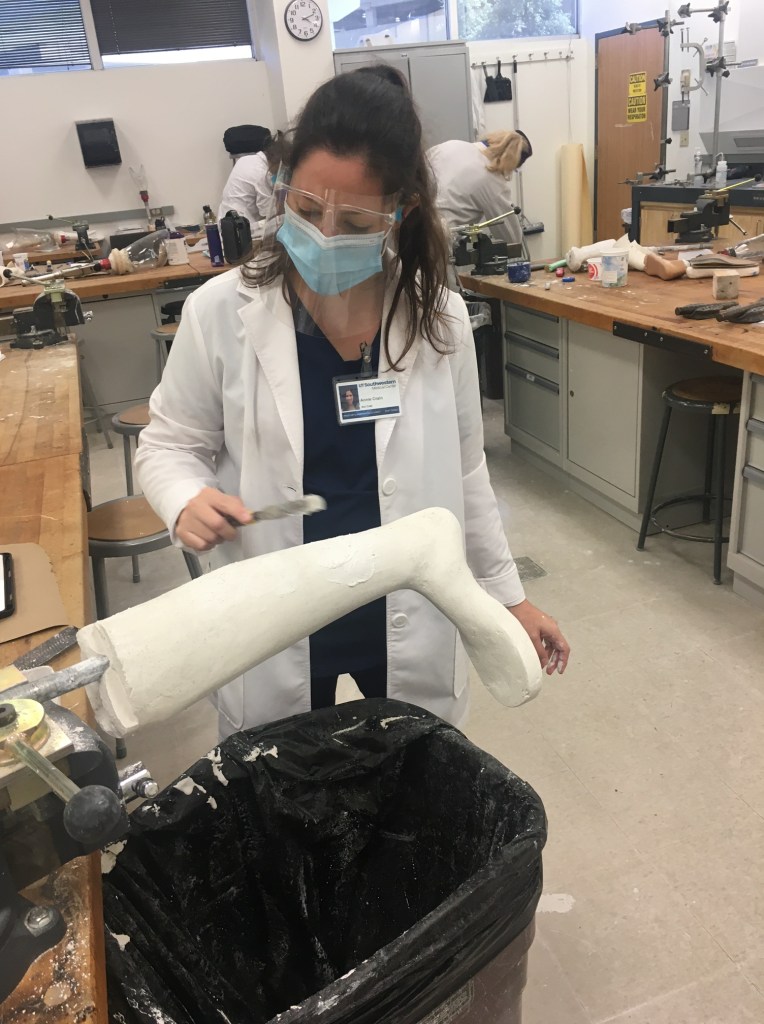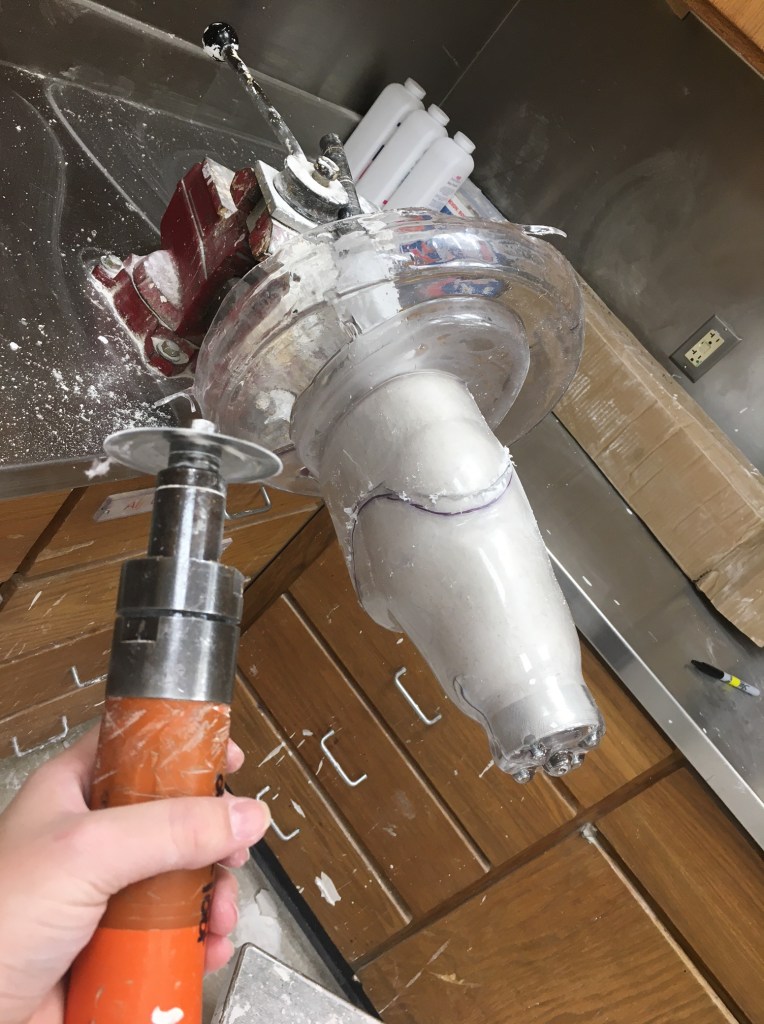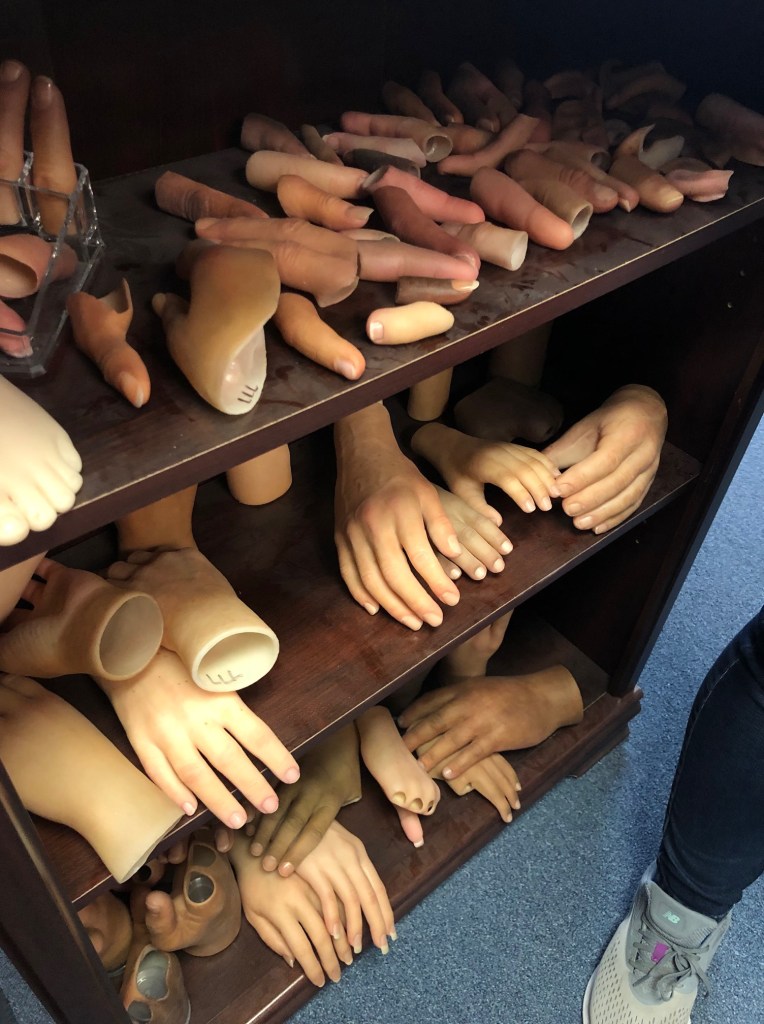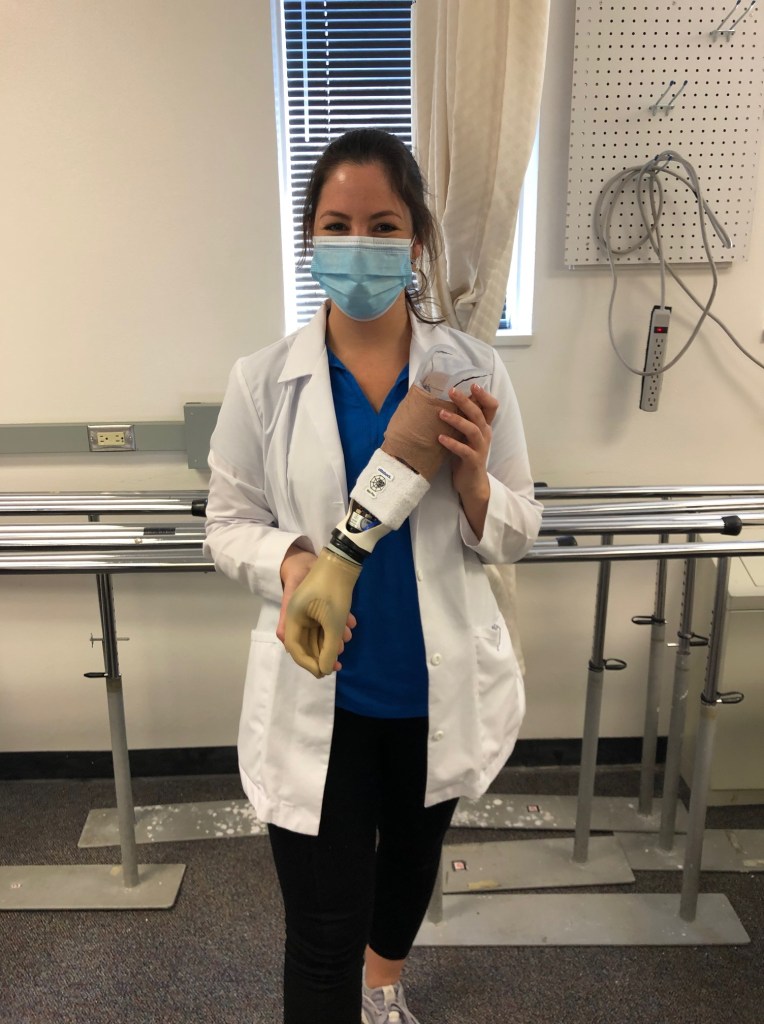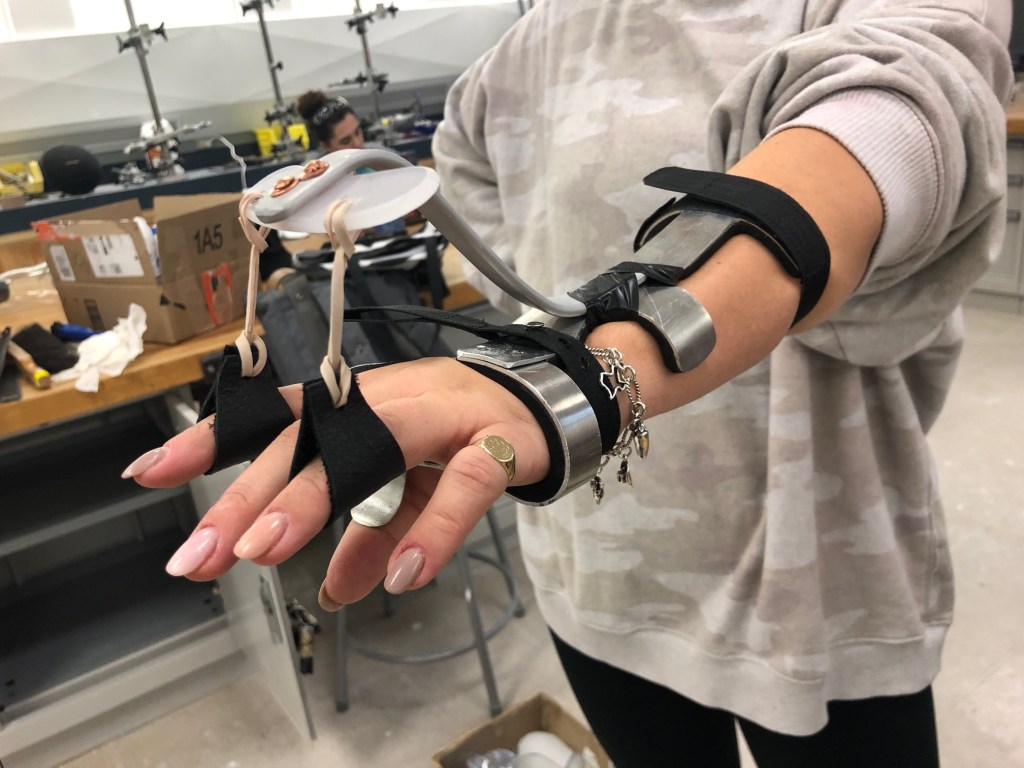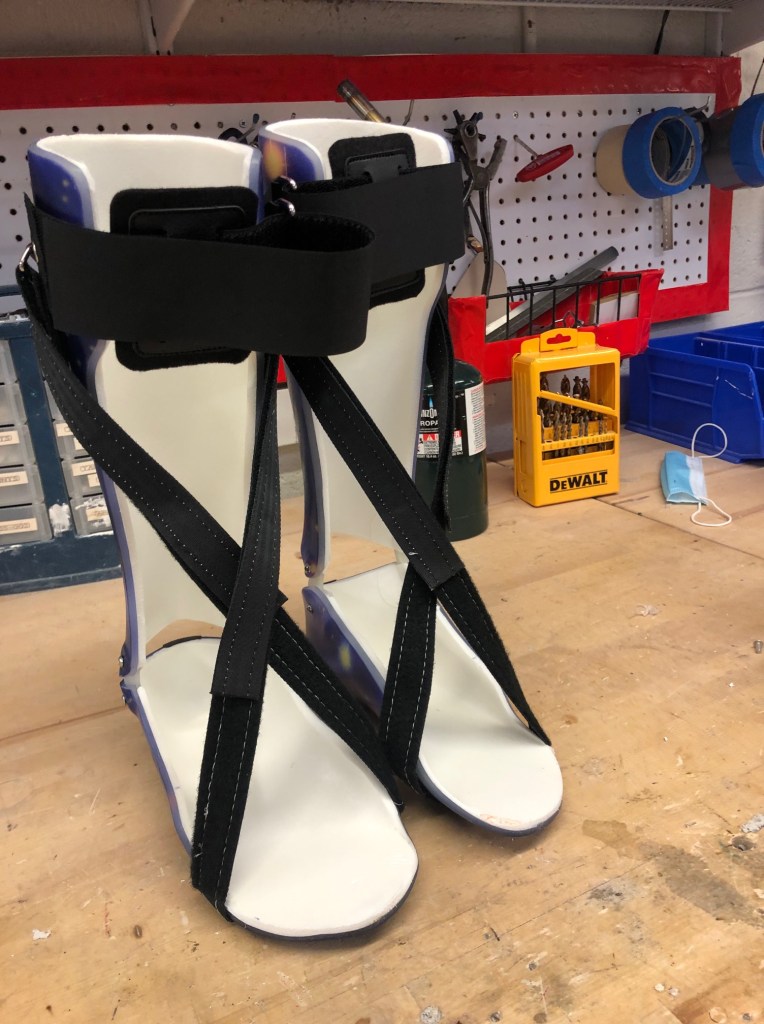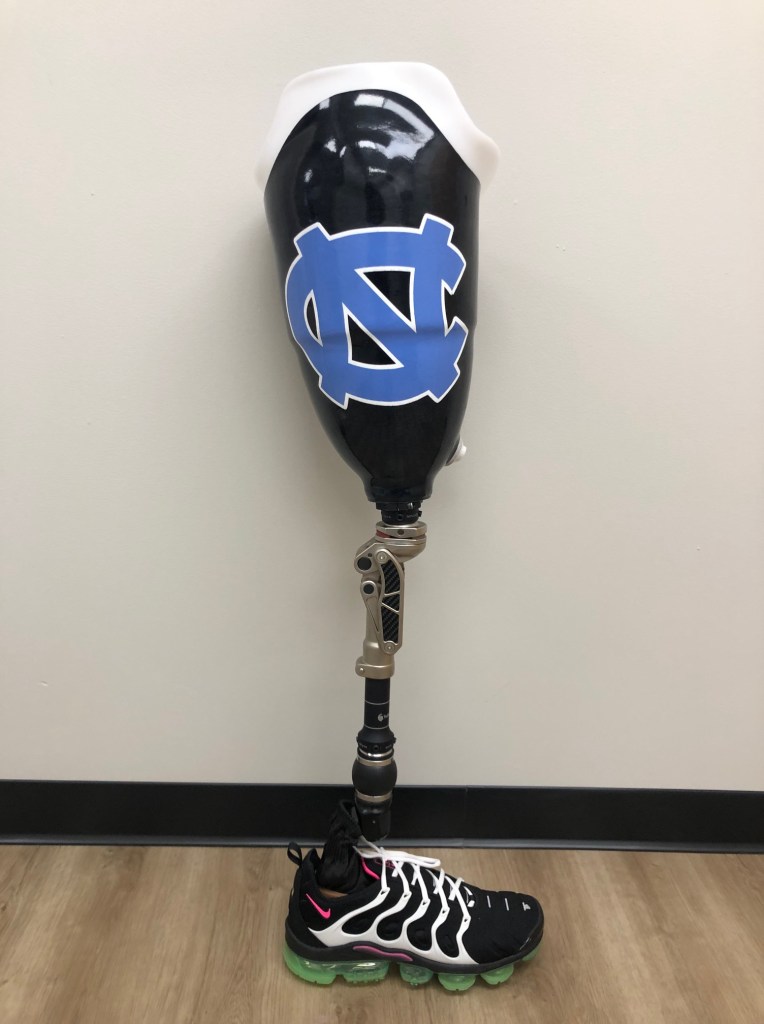
Annie Crain Johnson, CPO, MPO
Louisiana Tech University – B.S. Kinesiology and Health Sciences – Class of 2020
Education/Background:
The Kinesiology Department taught me to be diligent, resourceful, detail-oriented and empathetic towards others; qualities I attribute to my present-day success. I chose LA Tech and its Kinesiology program to prepare me for my future career in prosthetics and orthotics. I carefully selected my curriculum to ensure qualification when applying for graduate school.
I am very grateful for all opportunities presented by the Kinesiology Department, especially the fourth-quarter internship. This internship allows students real workforce experience in perspective careers. My internship at Adaptive Prosthetics and Orthotics clinic in Houma, LA, allowed me to actively pursue a profession I found intriguing and gain firsthand experience in the day-to-day operations of the P&O field. This experience deepened my understanding of the responsibilities of a Prosthetist/Orthotist and solidified my passion for the field.
In December 2022, I received my Masters of Prosthetics and Orthotics from the University of Texas Southwestern Medical Center. This 18-month program centered on a specialized curriculum, encompassing hands-on experience in device fabrication, patient models, clinical rotations, and a clinical internship. Despite the program being out of state, I qualified for in-state tuition through the Academic Common Market (ACM) created by The Southern Regional Education Board. Participating states and universities within the ACM allow students to pursue out-of-state education if their desired degree is not offered locally. After obtaining my master’s degree, I had to complete an additional two-year prosthetic/orthotic residency and pass five exams to achieve board certification.
In January 2024, I concluded my residency at Atlantic Prosthetics and Orthotics in Chapel Hill, NC. This experience equipped me with the skills for clinical decision making, product fabrication, and effective patient communication. I also had the privilege of learning from a multi-disciplinary team of seasoned clinicians.
Currently:
I work full-time at Atlantic P&O and have two more board exams to complete before achieving full certification. I absolutely love my job and couldn’t envision another career path for myself. My daily schedule is ever-changing, which adds excitement to my work. Additionally, new technology is continually being introduced into everyday prosthetic and orthotic practices.
One notable advancement in prosthetic socket fabrication is the Direct Socket method. Direct Socket serves as a socket solution for amputees of all activity levels. By utilizing fiberglass or basalt weave and injectable acrylic resin, the prosthetic socket can be directly fabricated on the patient’s residual limb. A key tool for achieving a well-fitting Direct Socket is the bladder and pump: a single-chamber pressure-casting system designed to optimally distribute pressure and shape soft tissue during casting. This method enables a patient to receive their prosthetic socket that accurately reflects their current limb shape and volume in just one appointment.
We cater to a diverse patient population, attending to individuals from various backgrounds and walks of life. My experience encompasses the application of helmet therapy for infants with deformational plagiocephaly to providing support for senior amputees who engage in activities such as knitting in our waiting room. I have discovered a particular affinity for working with children. Their boundless energy and optimistic outlook on the future make each interaction fulfilling. Witnessing the resilience of children, I have implemented numerous adaptations in their prostheses to facilitate a wide range of activities.
I recently collaborated with a young girl who underwent rotationplasty surgery due to Proximal Femoral Focal Deficiency (PFFD). In response to the intricacies of her surgery, a prosthesis featuring a thigh cuff, lateral knee hinges, and a foot-shaped socket was meticulously developed. Our ongoing commitment involves continuous adaptation of fabrication and design to accommodate advancements in surgery/amputation techniques and cater to the evolving activities and needs of our patients.

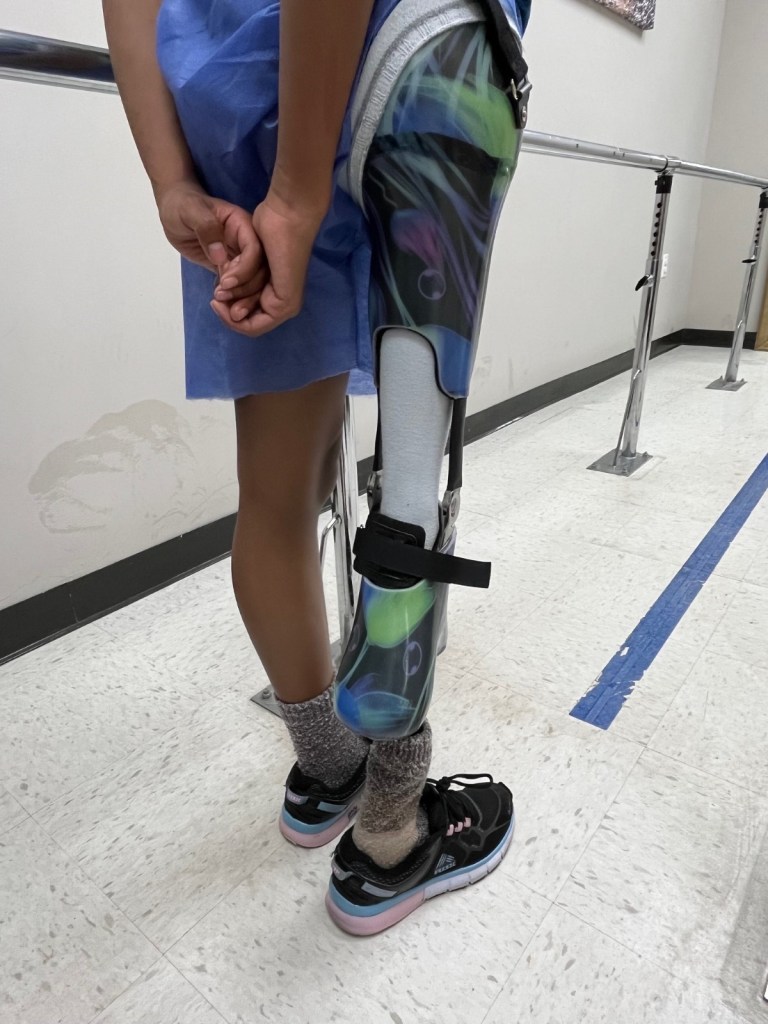
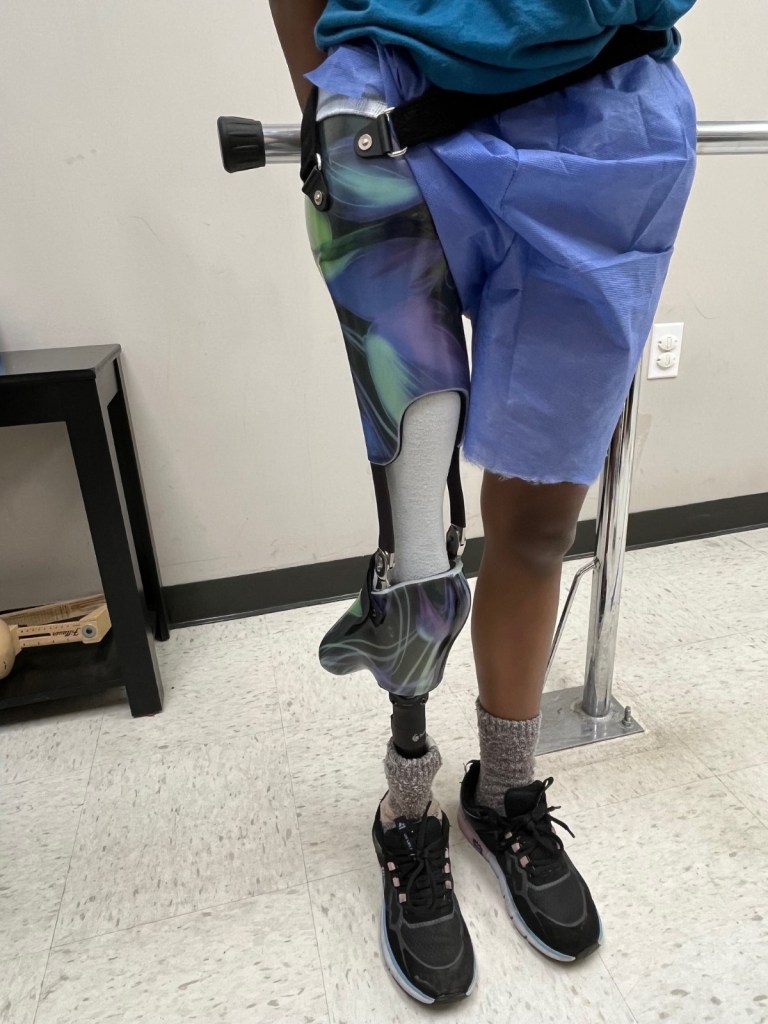
A profession in prosthetics and orthotics not only fulfills my innate need to create but also aligns with my aspiration to enhance the lives of others. While I enjoy my time in the workshop, witnessing a patient rise and take their first steps after accompanying them through their entire clinical journey is a deeply gratifying and emotionally resonant experience — undeniably the most rewarding aspect of my job.
Thank you:
To this day, I often think of the invaluable experiences I had in Memorial Gym with my Kinesiology professors. They not only imparted professional skills but also instilled essential life skills, fostering qualities such as passion, goal-driven determination, and kindness towards others. The Department’s conducive environment has the potential to guide any individual toward success. I will always consider myself fortunate to be a member of the Louisiana Tech Kinesiology Family.
I extend my gratitude to my Kinesiology professors, the distinguished faculty at UTSW in prosthetics and orthotics, and the dedicated team at Atlantic Prosthetics and Orthotics. It is through your unwavering support and guidance that I find myself living the dream!



